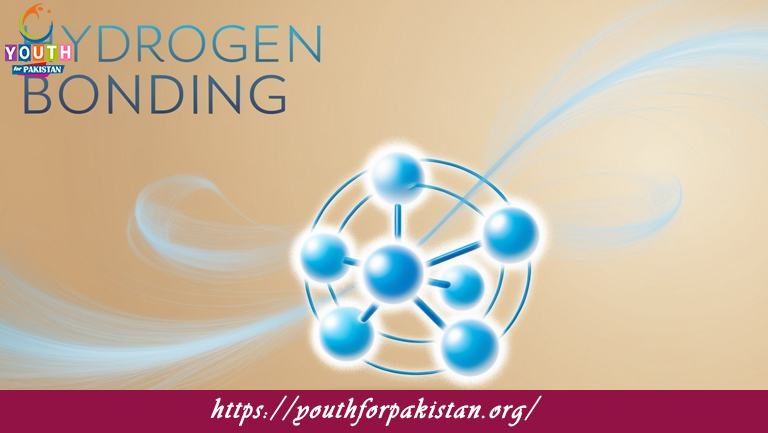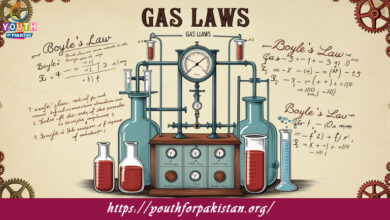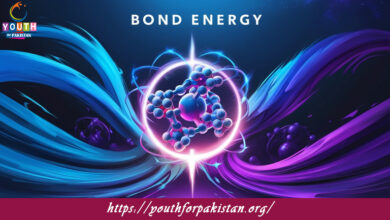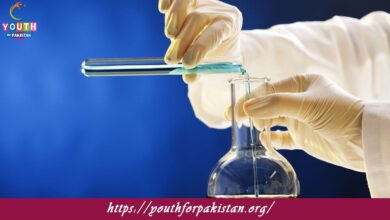Hydrogen Bonding MDCAT Quiz with Answers

Hydrogen Bonding MDCAT Quiz, this is a type of intermolecular force which arises when hydrogen is bonded to highly electronegative atoms, such as fluorine, oxygen, or nitrogen. These electronegative atoms pull the electron density away from the hydrogen atom, creating a partial positive charge on hydrogen and a partial negative charge on the electronegative atom. The positive hydrogen atom is attracted to the negative region of another electronegative atom, thus forming a hydrogen bond. Though much weaker than covalent or ionic bonds, this has a profound effect on the physical properties of substances.
MDCAT Quiz on Hydrogen Bonding
The MDCAT Quiz on Hydrogen Bonding tests the ability of the students to apply their knowledge of this intermolecular force to varied chemical scenarios. The questions on the quiz are based on the influence hydrogen bonding has on the boiling point, solubility, and structure of molecules. It may also ask students to identify compounds that can hydrogen bond and explain the consequences of such interactions in various substances.
Free Flashcard for Hydrogen Bonding
Our Free Flashcard for Hydrogen Bonding: In this section, a concise summary of the concept is provided on the flashcard, together with the requirements, types of molecules, and the effects on the properties due to hydrogen bonds. It also includes examples of common compounds, like water and alcohols. The flashcards, therefore, serve students as a way of quick revision, thereby making it easier to remember during the MDCAT exams.

The attraction between a hydrogen atom and a fluorine atom in separate molecules is an example of __________.
Hydrogen bonding

The strength of a hydrogen bond depends on the __________ of the electronegative atom.
Electronegativity

In hydrogen bonding, the hydrogen atom is attracted to the __________ part of the neighboring molecule.
Electronegative atom

The hydrogen bond is typically formed between hydrogen and the elements __________.
Nitrogen, Oxygen, Fluorine

The property of water to form hydrogen bonds allows it to have a high __________.
Specific heat capacity

In hydrogen bonding, the hydrogen atom is __________ by the electronegative atom.
Partially positively charged

A molecule with a hydrogen bonded to a highly electronegative atom such as oxygen is likely to exhibit __________.
Hydrogen bonding

In hydrogen bonding, the hydrogen atom is __________ to the electronegative atom in the neighboring molecule.
Attracted

The oxygen in a water molecule is __________ in hydrogen bonding with the hydrogen atoms of another water molecule.
Electron-rich

Hydrogen bonding occurs when a hydrogen atom is covalently bonded to a __________ atom.
Highly electronegative
Experience the real exam environment with our expertly designed collection of over 25,000 MCQs MDCAT Mock Tests.





